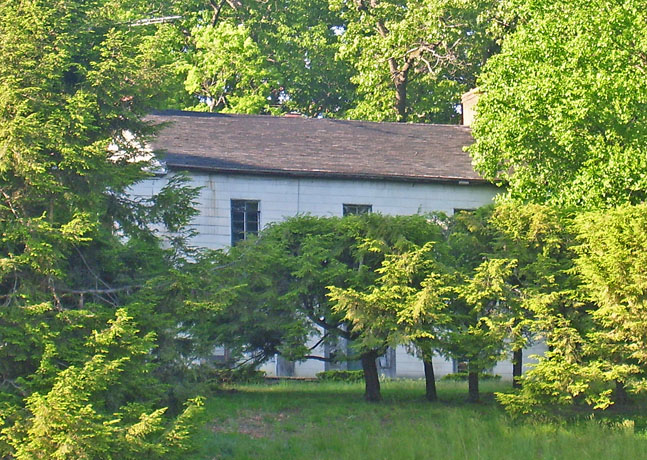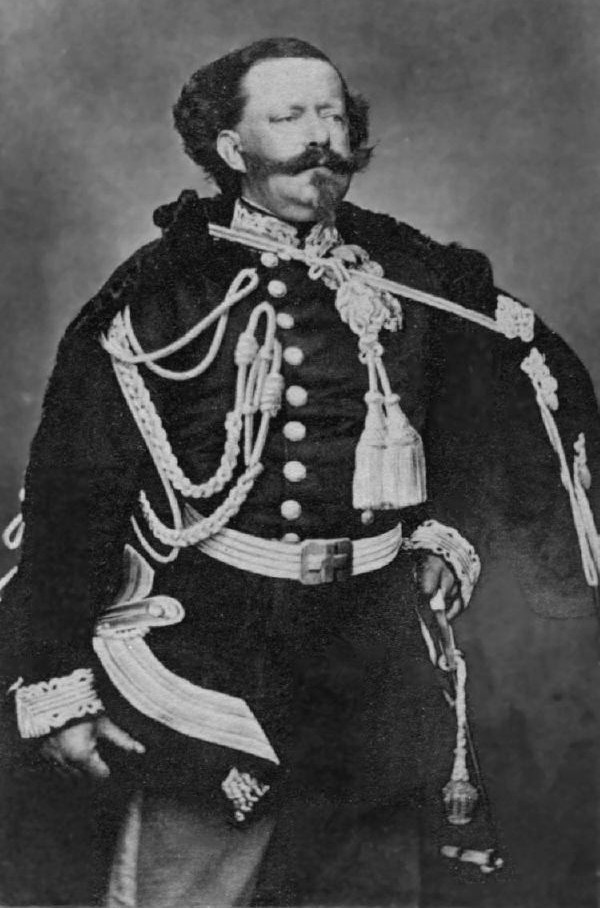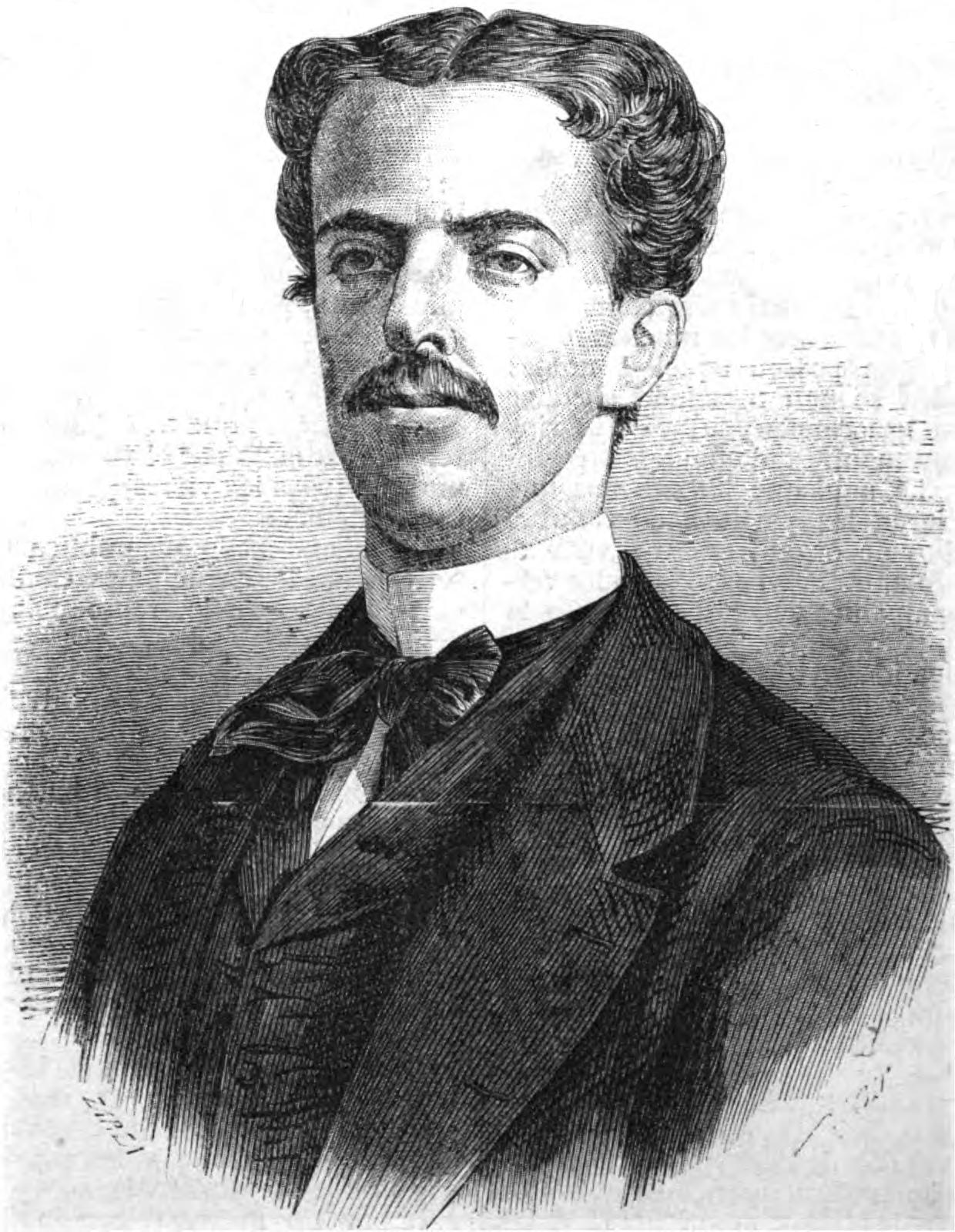|
José Ramon Fernández
José Ramon Fernández, 1st Marquis of La Esperanza (1808–1883), was the wealthiest sugar baron in Puerto Rico in the 19th century. He was also one of the most powerful men of the entire Spanish Caribbean. He owned an immense plantation of nearly 2300 acres on the northern coast of Puerto Rico, and a sugar mill with an advanced steam engine. His wealth and political connections gave him the power to convince the Spanish Colonial government in the island to split the municipality of Manati in two, and thus found the municipality of Barceloneta. The ''Hacienda La Esperanza'' steam engine has been designated a National Historic Mechanical Engineering Landmark. Today the entire property is owned by the Puerto Rico Conservation Trust, which preserves and protects it, including some of the only coastal forest left in the region. Early years Fernández (birth name: José Ramon Fernández y Martínez) was one of three siblings born to Fernando Fernández and Francisca Martínez in ... [...More Info...] [...Related Items...] OR: [Wikipedia] [Google] [Baidu] |
San Juan, Puerto Rico
San Juan (, , ; Spanish for "Saint John") is the capital city and most populous municipality in the Commonwealth of Puerto Rico, an unincorporated territory of the United States. As of the 2020 census, it is the 57th-largest city under the jurisdiction of the United States, with a population of 342,259. San Juan was founded by Spanish colonists in 1521, who called it Ciudad de Puerto Rico ("City of Puerto Rico", Spanish for ''rich port city''). Puerto Rico's capital is the third oldest European-established capital city in the Americas, after Santo Domingo, in the Dominican Republic, founded in 1496, and Panama City, in Panama, founded in 1521, and is the oldest European-established city under United States sovereignty. Several historical buildings are located in San Juan; among the most notable are the city's former defensive forts, Fort San Felipe del Morro and Fort San Cristóbal, and La Fortaleza, the oldest executive mansion in continuous use in the Americas. Today, ... [...More Info...] [...Related Items...] OR: [Wikipedia] [Google] [Baidu] |
Isabella II Of Spain
Isabella II ( es, Isabel II; 10 October 1830 – 9 April 1904), was Queen of Spain from 29 September 1833 until 30 September 1868. Shortly before her birth, the King Ferdinand VII of Spain issued a Pragmatic Sanction to ensure the succession of his firstborn daughter, due to his lack of a son. She came to the throne a month before her third birthday, but her succession was disputed by her uncle the Infante Carlos (founder of the Carlist movement), whose refusal to recognize a female sovereign led to the Carlist Wars. Under the regency of her mother, Spain transitioned from an absolute monarchy to a constitutional monarchy, adopting the Royal Statute of 1834 and Constitution of 1837. Her effective reign was a period marked by palace intrigues, back-stairs and antechamber influences, barracks conspiracies, and military ''pronunciamientos''. She was deposed in the Glorious Revolution of 1868, and formally abdicated in 1870. Her son, Alfonso XII, became king in 1874. Bi ... [...More Info...] [...Related Items...] OR: [Wikipedia] [Google] [Baidu] |
1808 Births
Eighteen or 18 may refer to: * 18 (number), the natural number following 17 and preceding 19 * one of the years 18 BC, AD 18, 1918, 2018 Film, television and entertainment * ''18'' (film), a 1993 Taiwanese experimental film based on the short story ''God's Dice'' * ''Eighteen'' (film), a 2005 Canadian dramatic feature film * 18 (British Board of Film Classification), a film rating in the United Kingdom, also used in Ireland by the Irish Film Classification Office * 18 (''Dragon Ball''), a character in the ''Dragon Ball'' franchise * "Eighteen", a 2006 episode of the animated television series '' 12 oz. Mouse'' Music Albums * ''18'' (Moby album), 2002 * ''18'' (Nana Kitade album), 2005 * '' 18...'', 2009 debut album by G.E.M. Songs * "18" (5 Seconds of Summer song), from their 2014 eponymous debut album * "18" (One Direction song), from their 2014 studio album ''Four'' * "18", by Anarbor from their 2013 studio album ''Burnout'' * "I'm Eighteen", by Alice Cooper comm ... [...More Info...] [...Related Items...] OR: [Wikipedia] [Google] [Baidu] |
Puerto Rican Businesspeople
Puerto, a Spanish word meaning ''seaport'', may refer to: Places *El Puerto de Santa María, Andalusia, Spain *Puerto, a seaport town in Cagayan de Oro City, Philippines *Puerto Colombia, Colombia *Puerto Cumarebo, Venezuela *Puerto Galera, Oriental Mindoro, Philippines * Puerto La Cruz, Venezuela *Puerto Píritu, Venezuela *Puerto Princesa, Palawan, Philippines * Puerto Rico, an unincorporated territory of the United States *Puerto Vallarta, Mexico Others * ''Puerto Rico'' (board game) *Operación Puerto doping case Operación Puerto (''Operation Mountain Pass'') is the code name of a still unfinished Spanish Police operation against the pro sports doping network of Doctor Eufemiano Fuentes. It started in May 2006, which resulted in a scandal that involved se ... See also * * Puerta (other) {{disambiguation, geo ... [...More Info...] [...Related Items...] OR: [Wikipedia] [Google] [Baidu] |
Fernando Fernández (distiller)
Fernando Fernández (c.1850–1940) was the founder of the oldest rum producing company in Puerto Rico. Start of a dynasty Fernández, was born in Bayamon, Puerto Rico. He was the owner of the Santa Ana plantation located in the city of his birth. The Santa Ana plantation is located on land which was granted to his grandfather (whose name was also Fernando Fernández) by the Spanish Royal Crown in 1797. Fernández's grandfather was a naval captain who fought against pirates and English merchant ships. The Spanish Royal Crown granted him this land in recognition of his service to Spain, here he planted sugarcane and raised cattle. In 1804, the elder Fernández used a mixture of sugar and honey to process and distill rum. He aged his product in special barrels which were imported from Europe. The rum he produced was only for his own personal use and that of his family. In 1821, various slaves from his plantation were involved in a conspiracy. A slave from another plantat ... [...More Info...] [...Related Items...] OR: [Wikipedia] [Google] [Baidu] |
Six-column Beam Engine
Six-column beam engines are a type of beam engine, where the beam's central pivot is supported on a cast-iron frame or 'bedstead', supported on six iron columns. History These engines were a development after the house-built engine. Their cast-iron frames could be built and test-assembled at a factory before delivery, allowing rapid assembly or 'erection' once on site. Their main advantage was that they avoided the need for complex masonry foundations in their engine house, merely a simple level platform to which the iron frame could be bolted. The difficult alignment between their cylinder, the beam pivot and the crankshaft was all taken care of by the factory-made frame. Although the upper part of the frame only supports the beam's central pivot and any Watt's parallel motion gear, it also has an important function in stiffening the frame overall against vertical bending forces between the cylinder and crankshaft. Cast iron is weak against bending, and a shallow frame alone wou ... [...More Info...] [...Related Items...] OR: [Wikipedia] [Google] [Baidu] |
West Point Foundry
The West Point Foundry was a major American ironworking and machine shop site in Cold Spring, New York, operating from 1818 to about 1911. Initiated after the War of 1812, it became most famous for its production of Parrott rifle artillery and other munitions during the Civil War, although it also manufactured a variety of iron products for civilian use. The increase of steel making and decreasing demand for cast iron after the Civil War caused it to become bankrupt gradually and cease operations during the early 20th Century. ''Note:'' This includes an''Accompanying photographs''/ref> History Founding and early products The establishment of the foundry was encouraged by President James Madison, who, after the War of 1812, wanted to establish domestic foundries to produce artillery. Cold Spring was an ideal site: timber for charcoal was abundant, there were many local iron mines, and the nearby Margaret's Brook provided water power to drive machinery. The site was guarded by West ... [...More Info...] [...Related Items...] OR: [Wikipedia] [Google] [Baidu] |
Lancashire Boiler
A shell or flued boiler is an early and relatively simple form of boiler used to make steam, usually for the purpose of driving a steam engine. The design marked a transitional stage in boiler development, between the early haystack boilers and the later multi-tube fire-tube boilers. A flued boiler is characterized by a large cylindrical boiler shell forming a tank of water, traversed by one or more large flues containing the furnace. These boilers appeared around the start of the 19th century and some forms remain in service today. Although mostly used for static steam plants, some were used in early steam vehicles, railway locomotives and ships. Flued boilers were developed in an attempt to raise steam pressures and improve engine efficiency. Early haystack designs of Watt's day were mechanically weak and often presented an unsupported flat surface to the fire. Boiler explosions, usually beginning with failure of this firebox plate, were common. It was known that an arched st ... [...More Info...] [...Related Items...] OR: [Wikipedia] [Google] [Baidu] |
Victor Emmanuel II Of Italy
en, Victor Emmanuel Maria Albert Eugene Ferdinand Thomas , house = Savoy , father = Charles Albert of Sardinia , mother = Maria Theresa of Austria , religion = Roman Catholicism , image_size = 252px , succession1 = King of Sardinia and Duke of Savoy , reign1 = 23 March 1849 – 17 March 1861 , predecessor1 = Charles Albert , reg-type1 = , regent1 = , signature = Signatur Viktor Emanuel II..PNG Victor Emmanuel II ( it, Vittorio Emanuele II; full name: ''Vittorio Emanuele Maria Alberto Eugenio Ferdinando Tommaso di Savoia''; 14 March 1820 – 9 January 1878) was King of Sardinia from 1849 until 17 March 1861, when he assumed the title of King of Italy and became the first king of an independent, united Italy since the 6th century, a title he held until his death in 1878. Borrowing from the old Latin title '' Pater Patriae'' of the Roman emperors, the Italians gave him the epithet of ''Father of the Fatherland'' ( it, Pad ... [...More Info...] [...Related Items...] OR: [Wikipedia] [Google] [Baidu] |
Amadeo I Of Spain
Amadeo ( it, Amedeo , sometimes latinized as Amadeus; full name: ''Amedeo Ferdinando Maria di Savoia''; 30 May 184518 January 1890) was an Italian prince who reigned as King of Spain from 1870 to 1873. The first and only King of Spain to come from the House of Savoy, he was the second son of Victor Emmanuel II of Italy and was known for most of his life as the Duke of Aosta, the usual title for a second son in the Savoyard dynasty. He was elected by the Cortes Generales as Spain's monarch in 1870, following the deposition of Isabel II, and was sworn in the following year. Amadeo's reign was fraught with growing republicanism, Carlist rebellions in the north, and the Cuban independence movement. After three tumultuous years in the throne, he abdicated and returned to Italy in 1873, and the First Spanish Republic was declared as a result. He founded the Aosta branch of Italy's royal House of Savoy, which is junior in agnatic descent to the branch descended from King Umberto I ... [...More Info...] [...Related Items...] OR: [Wikipedia] [Google] [Baidu] |
First Spanish Republic
The Spanish Republic ( es, República Española), historiographically referred to as the First Spanish Republic, was the political regime that existed in Spain from 11 February 1873 to 29 December 1874. The Republic's founding ensued after the abdication of King Amadeo on 10 February 1873. On the next day the republic was proclaimed by a parliamentary majority made up of radicals, republicans and democrats. The period was beset by tensions between federal republicans and unitarian republicans. The period also saw the end of compulsory conscription, the regulation of child labor and the abolition of slavery in Puerto Rico. The government inherited a state of war, the so-called Third Carlist War, ongoing since 1872, and the Ten Years' War, ongoing since 1868, to which the Cantonal rebellion added up in 1873. The January 1874 coup of Pavía ousted the government, giving way to a praetorian republic under General Serrano. In December 1874, General Arsenio Martínez Campos stage ... [...More Info...] [...Related Items...] OR: [Wikipedia] [Google] [Baidu] |






